#griffins
Text
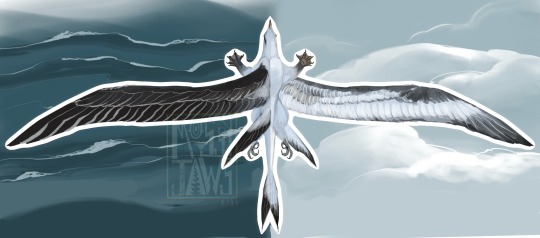


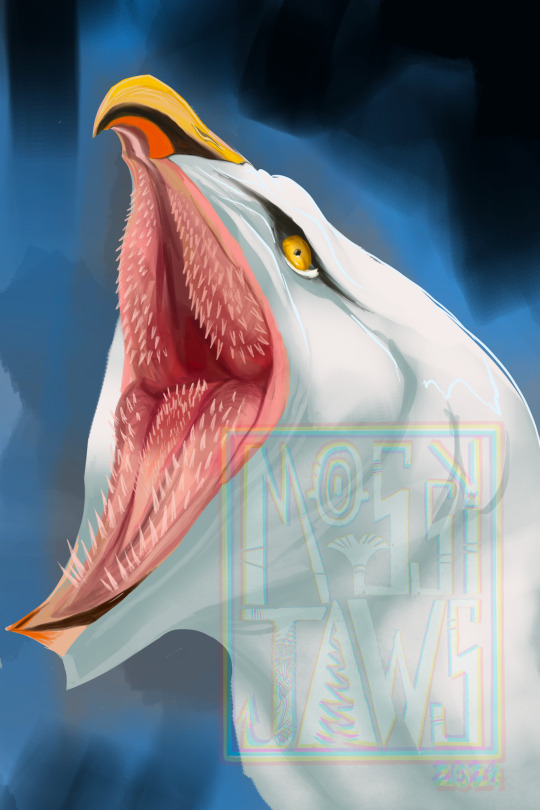
More art of my albatross griffins. I’m happier with their design. I CAN’T believe I gave them plain ol’ canine/seal looking teeth before, when spine covered penguin mouths are RIGHT THERE. It makes more sense to me design wise and looks better.
I decided to call them ✨Kymagryphs✨, giant scrounges of the skies over a new endless sea. Careful not to leave your catch out on deck when sailing.
202 notes
·
View notes
Text
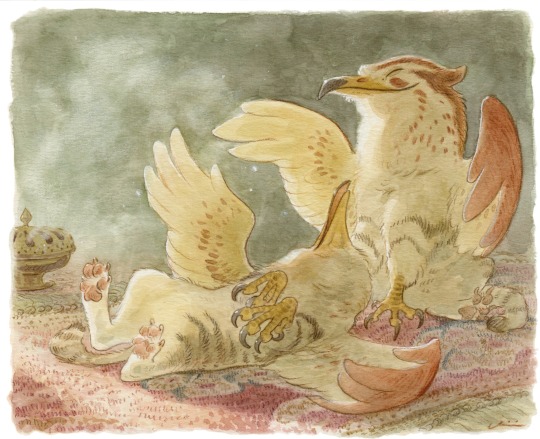
All that important mischief-making tires a baby out.
4K notes
·
View notes
Text
Out of curiosity! Any good reason for your preferred spelling?
640 notes
·
View notes
Photo

Brooches: pl.4 [Holl. 49-66], 1596
Daniel Mignot
1K notes
·
View notes
Text

Kiwi Griffin~
Yes, you'll still be arrested if you grab it.
And be laughed at by the internet if you film yourself doing so, even if you are 'one with nature,' doesn't mean it has to like you!
112 notes
·
View notes
Text
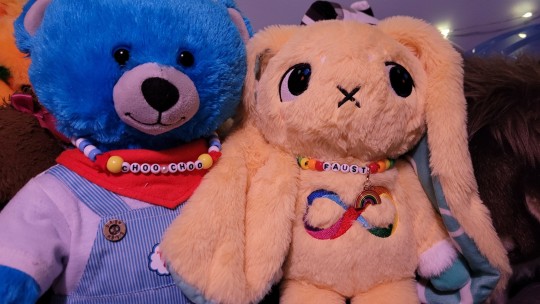
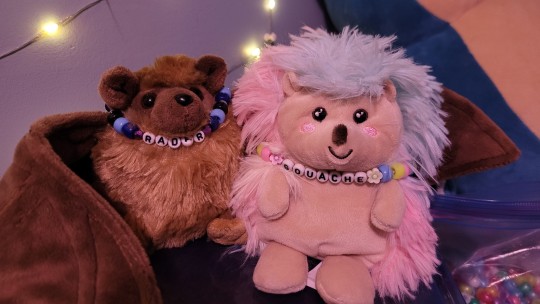

Today's a day for jewelry making
In order: 🚂 Choo-choo / ♾️ Faust / 📻 Radar / 🖌 Gouache / ⛅️ Apollo / 🍝 Alfredo
#ttte#build a bear#babw#plushie dreadfuls#wild republic#jellycat#plushie#plushies#plushblr#safeplush#toywave#stuffies#stuffed animals#my photos#my toys#my plush#p: choo-choo#p: faust#p: radar#p: gouache#p: apollo#p: alfredo#bears#lagomorphs#bunny#bats#hedgehogs#fantasy#griffins#felines
64 notes
·
View notes
Text


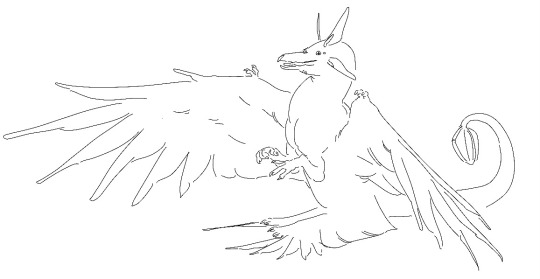

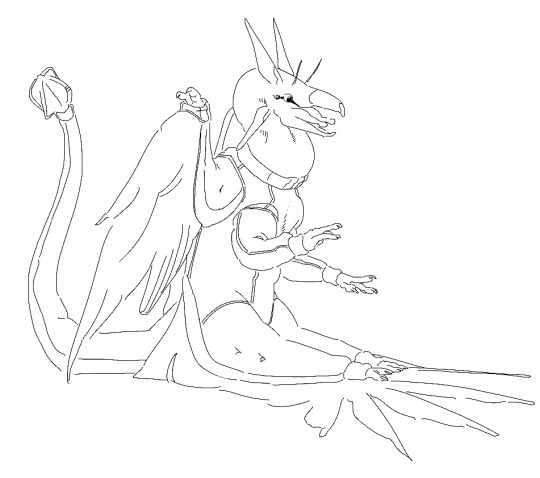
Griffins + fullbody sweater @dracogriff
547 notes
·
View notes
Text

What's the point of a fantasy comic if not to make adorable, tiny griffins?
#our art#griffins#stonecutter symptoms#i'm almost done with inks for the cover and I'm p happy with it!#wip
194 notes
·
View notes
Text

Animal Ghosts. Edited by Claudia Clow. Illustrated by Walt Disney Productions. 1971.
Internet Archive
238 notes
·
View notes
Text
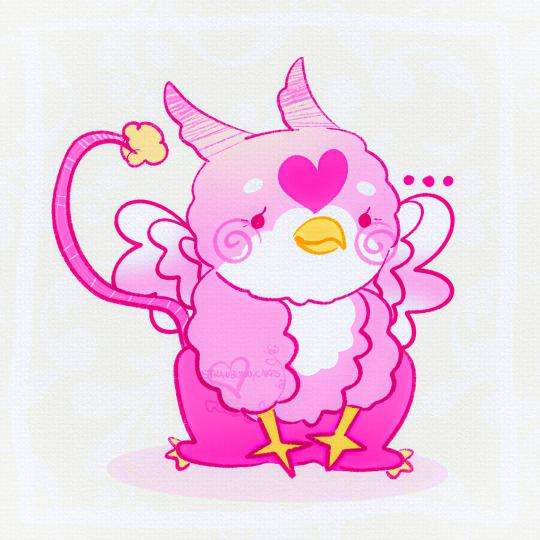
Pippy! A new griffin character I felt like designing
36 notes
·
View notes
Text

Soap my beloved diseased little rat 🫶
also yes Andrew wears lipstick cause he can
36 notes
·
View notes
Text


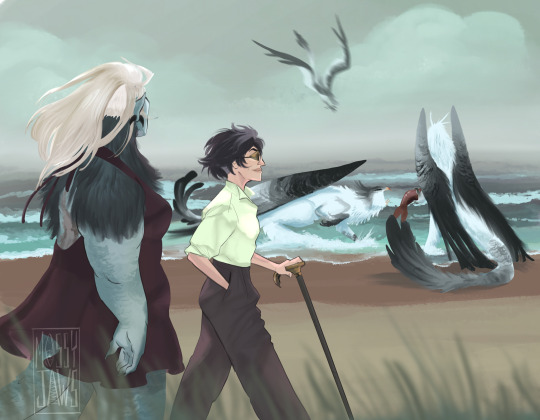
Sylvaine Asheweaver lives under a stolen name in a commandeered mansion that was built for a scholarly being much larger than her.
Most people of Marrowtide tend to make up a lot of outlandish rumors about her, too afraid to actually go to Tattered Wing island (it may be the griffins as well).
She’s got that kind of uuhhhh Vincent Price-house-on-haunted-hill type vibe goin on.
#everytime I draw her a ref thing she gets more masc#griffins#doctor#scientist#women in suits#women in STEM I reckon#durja#sylvaine#hallowed carrion
584 notes
·
View notes
Text
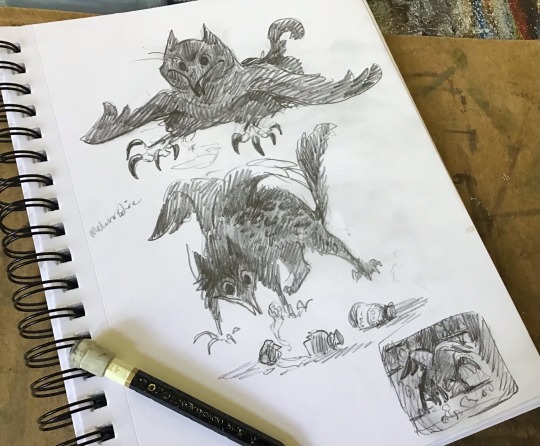
Can’t stop, won’t stop with the griffin kittens.
544 notes
·
View notes
Text
This upcoming book from Reaktion may be of interest to ABC readers!

141 notes
·
View notes
Note
I love your Derkholm art! Do you have any tips on drawing griffins? I’m planning a webcomic that includes some griffin characters, and I don’t have any experience with A) drawing them in the first place and B) making them look like individuals. Thanks!
Thanks for being so patient for this reply - had a pretty busy couple of weeks preparing stuff for artist conventions. Anyway, was a lot of fun to ruminate on - here are a bunch of things I've thought about (and am still thinking about) when drawing the griffin kids! Heads up that I'm still practicing myself, and there are definitely a lot of aspects of creature design I could work on (the wiiiiiings gah), but hopefully this helps give you some direction on designing your own bird-lion-cats.
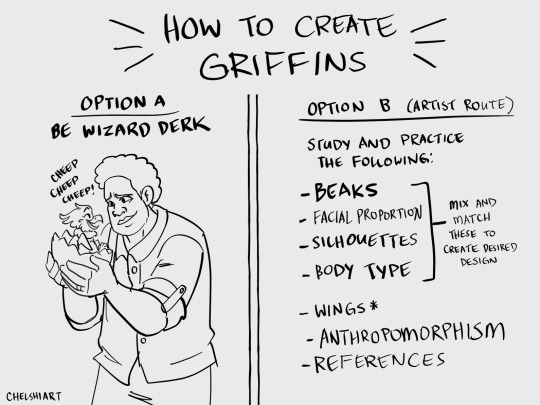

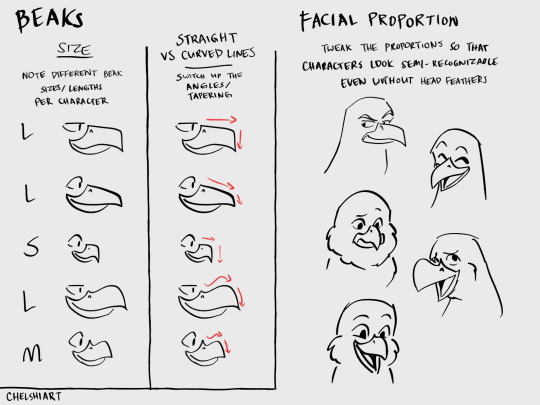


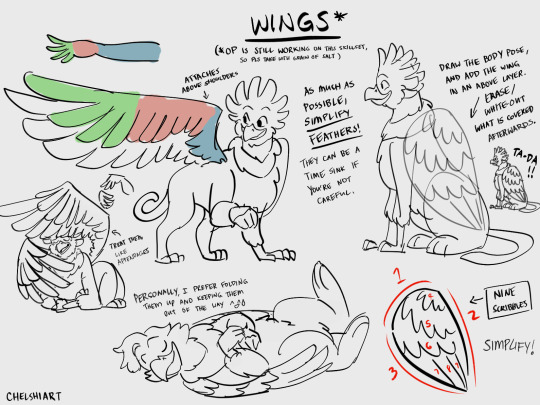
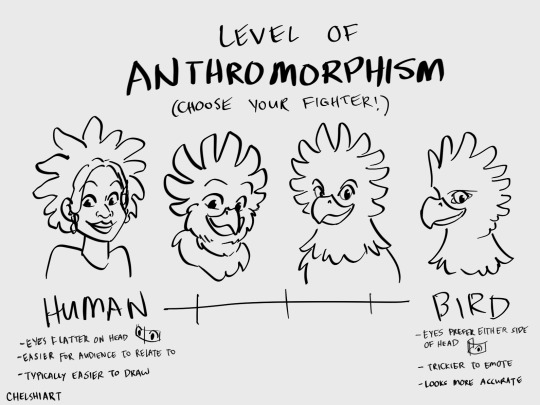

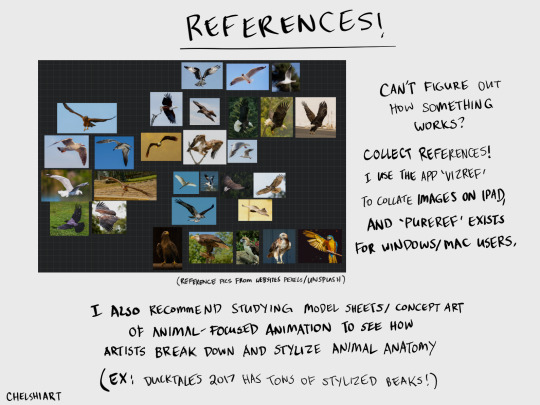
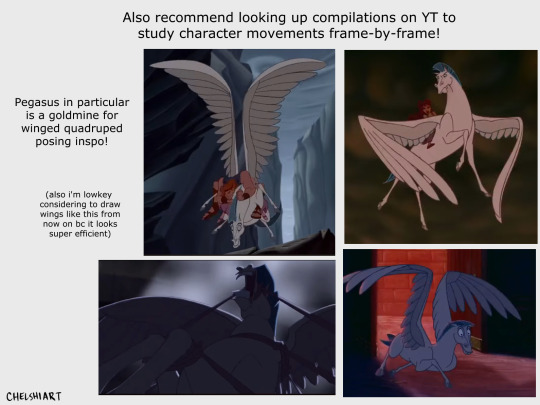
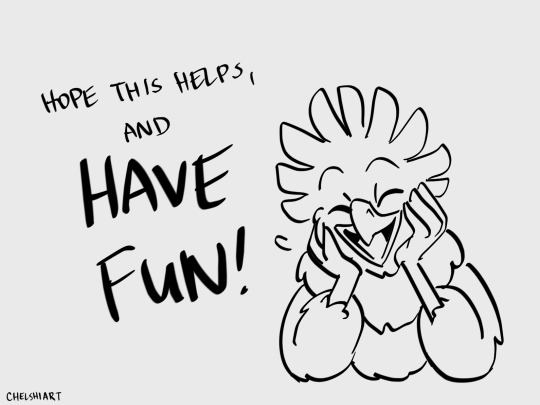
#enchantress-emily#tutorial#art process#featuring special interests#dark lord of derkholm#year of the griffin#diana wynne jones#this was fun!!#ok time for bed kfdlajgfdg#griffins#fantasy#derkholm series
38 notes
·
View notes
Text
Folklore Fact - Gryphons/Griffins
Gryphons, griffins, griffons, however you prefer to spell it (I personally use gryphon) - let's talk their folklore and mythology!

(Attic pottery depicting a satyr and a griffin and an Arimaspus from around 375-350 BC, Eretria.)
You probably already know the common popular culture concept of a gryphon: a big, vicious beast that attacks people and probably eats them and/or carries people away to its nest to feed them to its babies. Not much about it has changed in legend, though in a lot of popular culture today, it has seemed to lose its divinity. Gryphons - griffins, whatever you prefer - have quite the robust history, like so many creatures of myth and folklore. Unlike some, however, they have changed very little over time.
Note that this article a general overview of concepts, not a detailed history.
Let's start with etymology, because I just love that stuff. The word "griffin" comes from the Greek word "gryps," which referred to a dragon or griffin and literally meant "curved [or] hook-nosed." Late Latin spelled it "gryphus," a misspelling of grypus, a Latinized version of the Greek (source: https://www.etymonline.com/, one of my favorite websites).
Griffins are said to have the head and wings of an eagle and body of a lion. They may or may not also have pointed ears, depending on the depiction (they more often did, overall, though the griffin of Crete is a notable exception). They were said to guard the gold in the mountains of the north, specifically the mountains of Scythia. The one-eyed Arimaspian people rode on horseback and attempted to steal the griffins' gold, causing griffins to nurture a deep hatred of and hostility toward horses.
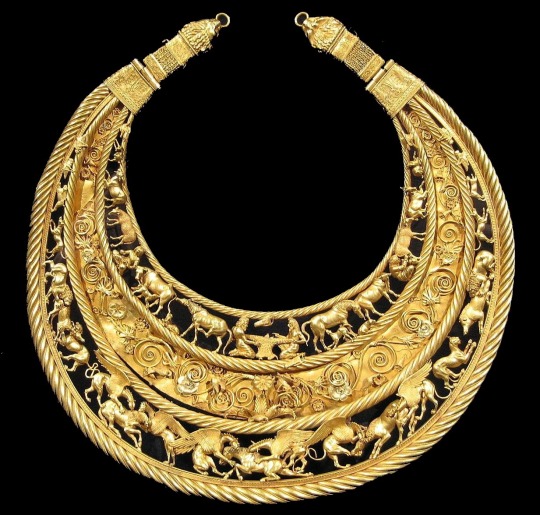
A Scythian pectoral, thought to have been made in Greece, depicting - among other things - griffins slaughtering horses. Griffins really, really hate horses.

The famous griffin in the palace of Knossos at Crete, from the Bronze Age (restored).
Griffins appear in truly ancient civilizations, not only Greece but also ancient Egypt and civilizations to the east, including ancient Sumeria. Griffins were later said to also dwell in India and guard gold in that region, and they continued to appear in art throughout ancient Persia, Rome, Byzantium, and into the Middle Ages throughout other regions such as France; they were depicted in ancient Greece with relative frequency and occasionally of considerable importance.
Griffins appeared in many ancient Greek writings, including Aristeas in the 7th century BC. Herodotus and Aeschylus preserved and continued these writings in the 5th century BC, including lines such as,
"But in the north of Europe there is by far the most gold. In this matter again I cannot say with assurance how the gold is produced, but it is said that one-eyed men called Arimaspoi (Arimaspians) steal it from Grypes (Griffins). The most outlying lands, though, as they enclose and wholly surround all the rest of the world, are likely to have those things which we think the finest and the rarest." Herodotus, Histories 3. 116. 1 (trans. Godley) (Greek historian C5th B.C.), source: https://www.theoi.com/Thaumasios/Grypes.html (a wonderful site)
Physical descriptions of the griffin were not commonplace until some later works, and even then, their appearance wasn't always agreed upon. Even the notion of griffins having wings was sometimes disputed. Some scholars even got pretty wild, claiming griffons had no wings at all but instead skin-flaps that they used to glide. They apparently hated awesome things, so it turns out there were always boring people who thought they knew everything, wanted to explain everything "logically," and generally assume they were the smartest ever while also ruining mystique. They would make great scientists today.
Griffins were, however, often said to be holy in nature. They were referred to as the "unbarking hounds of Zeus" by Aeschylus, who warned others never to approach them. Gryphons were also considered sacred to several gods, including prominently Apollo, who was said to depart Delphi each winter, flying on a griffon (griffin, gryphon, etc, I keep swapping this around, I know; my brain spells it differently because I've read way too many sources), and he also is occasionally depicted as hitching griffins to his chariot in addition to riding one. This was particularly prominent in the cults of Hyperborean Apollo, one of the many endless and fascinating cults of ancient Greece.

Medieval bestiary depiction of a griffin slaughtering a horse.
Even by the Middle Ages, gryphons still hated and slaughtered horses and guarded gold, elements that certainly persisted throughout their legends. They also killed men and carried them away to their nests, similar to the manner in which Aeschylus warned people to stay away from gryphons even back when. We can obviously assume griffons were never cuddly, so that isn't much of a change.
Griffins also did not entirely lose their divine relations even into the Middle Ages. Christianity often used positive portrayals of griffins to represent and uphold certain positive tenets of Christian faith; likewise, they became important symbols of medieval heraldry, used to represent a Christian symbol of divine power, as well as general courage, strength, and leadership, especially in a military sense. The depiction of the griffin as a powerful and majestic creature - killing horses and men or not - throughout its history is no doubt because they are a combination of two beasts often considered noble symbols of bravery, power, and divinity: the lion and the eagle, kings of land animals and birds, respectively.
That's a general overview! As you can see, griffins aren't always so bad, at least not compared to some of the other creatures out there from folklore and myth.
( If you like my blog, be sure to follow me here and sign up for my free newsletter for more folklore and fiction, including books!
Free Newsletter - maverickwerewolf.com (info + book shop) — Patreon — Wulfgard — Werewolf Fact Masterlist — Twitter — Vampire Fact Masterlist — Amazon Author page )
#folklore#mythology#gryphon#griffin#fantasy creature#gryphons#griffins#griffon#folklore fact#folklore thursday#greek myth#myth#persian myth#medival#medieval folklore#history
13 notes
·
View notes